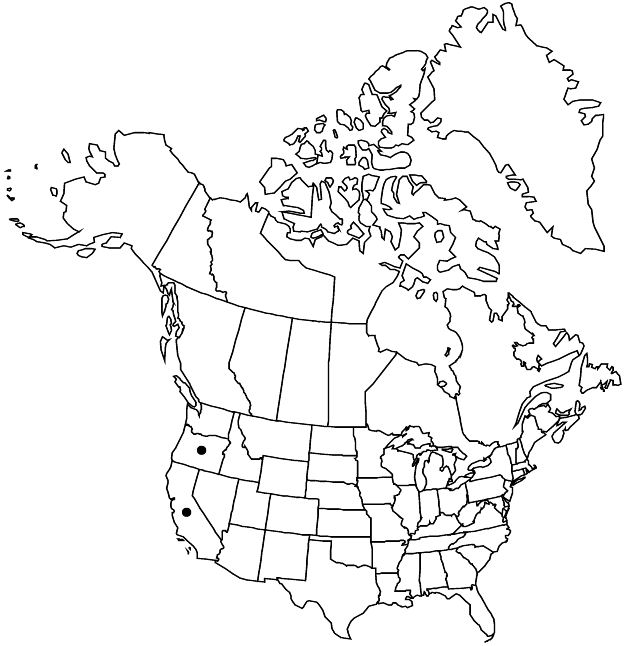Cornus glabrata
Bot. Voy. Sulphur, 18. 1844.
Shrubs, to 3 m, flowering at 1 m; rhizomes absent. Stems clustered, branches at colony margin decumbent or trailing and rooting at the nodes, forming large thickets; bark gray, flaky, not corky, appearing braided, splitting longitudinally; branchlets brown, pink, or maroon, appressed-hairy; lenticels inconspicuous, swelling but seldom protruding or extruding tissue on 2d year branches, periderm swelling around them and often over large contiguous areas; pith brown. Leaves: petiole 3–7 mm; blade lanceolate, elliptic, or obovate, 3–5 × 1.5–2.5 cm, base cuneate, apex abruptly acuminate or rounded, abaxial surface pale green, adaxial surface gray-green, both surfaces with hairs appressed, sparse; secondary-veins 3–4 (–5) per side, evenly spaced, basal vein arising 5–10 mm from blade base. Inflorescences flat-topped or slightly convex, 2.5–4.5 cm diam., peduncle 10–20 mm; branches and pedicels green or maroon. Flowers: hypanthium densely appressed-hairy; sepals 0.4–0.8 mm; petals cream, 3–5 mm. Drupes blue, bleaching white in direct sun, globose or subglobose, 6–9 mm diam.; stone globose to subglobose, 4–6 mm diam., smooth, apex rounded. 2n = 22.
Phenology: Flowering May–Jun; fruiting Aug–Oct.
Habitat: Stream banks, roadsides, fields, meadows.
Elevation: 50–1500 m.
Distribution

Calif., Oreg.
Discussion
Cornus glabrata, which ranges from southern Oregon through most of transmontane California, grows in two habits. Along streams and in moist areas, the branches are trailing, often vinelike, and rooting at the nodes. H. McMinn (1939) reported this growth habit for cultivated plants. A second form is found in drier roadsides and fields, where the stems are erect or grow horizontally, rooting at the nodes and forming dense thickets. This growth pattern is accompanied by smaller, thicker leaves and erect branches. There is no doubt this is a single species, because the authors have observed a single clone on a stream bank, with half the clone growing erect, with small leaves, and half trailing into the stream bed, with large leaves.
Selected References
None.